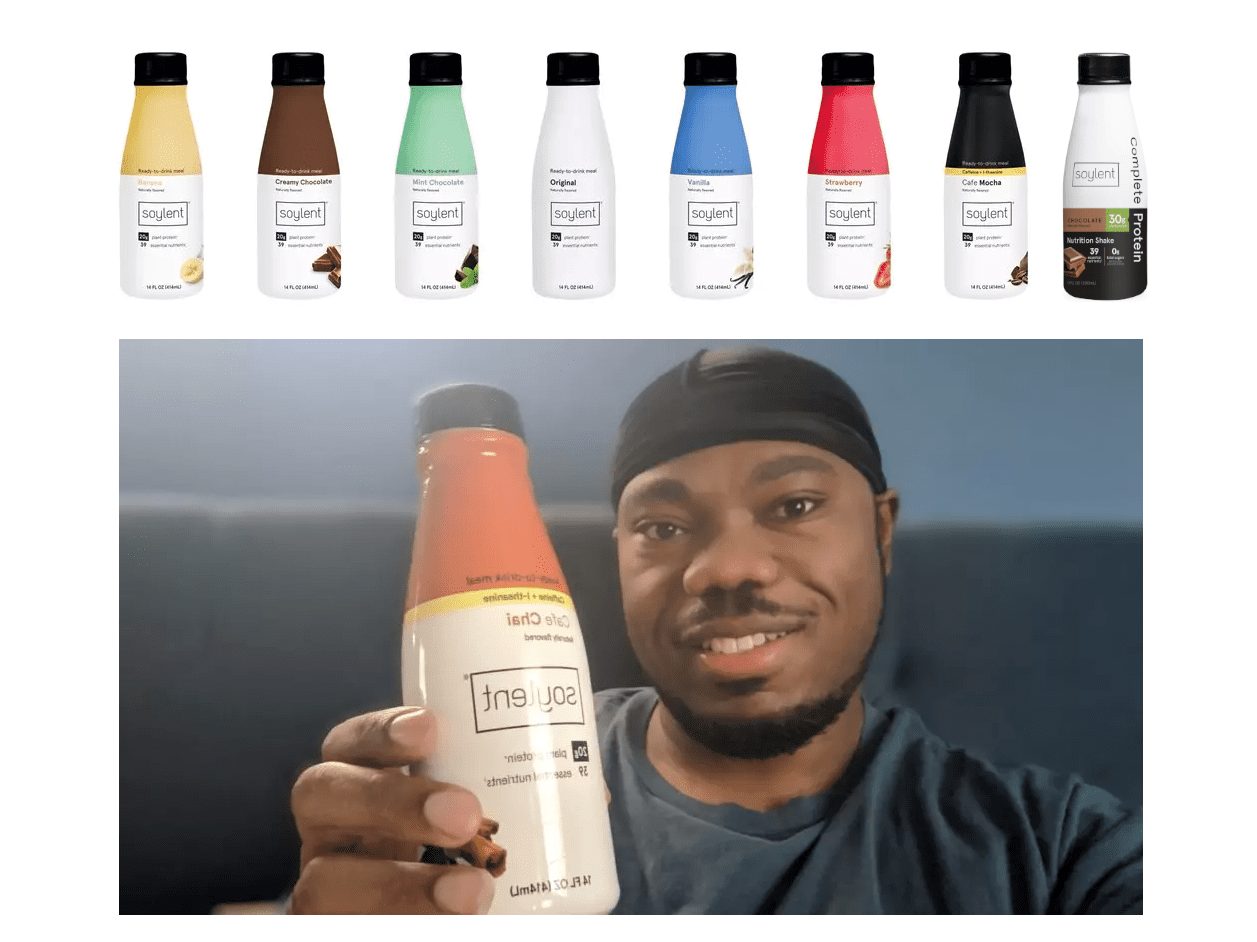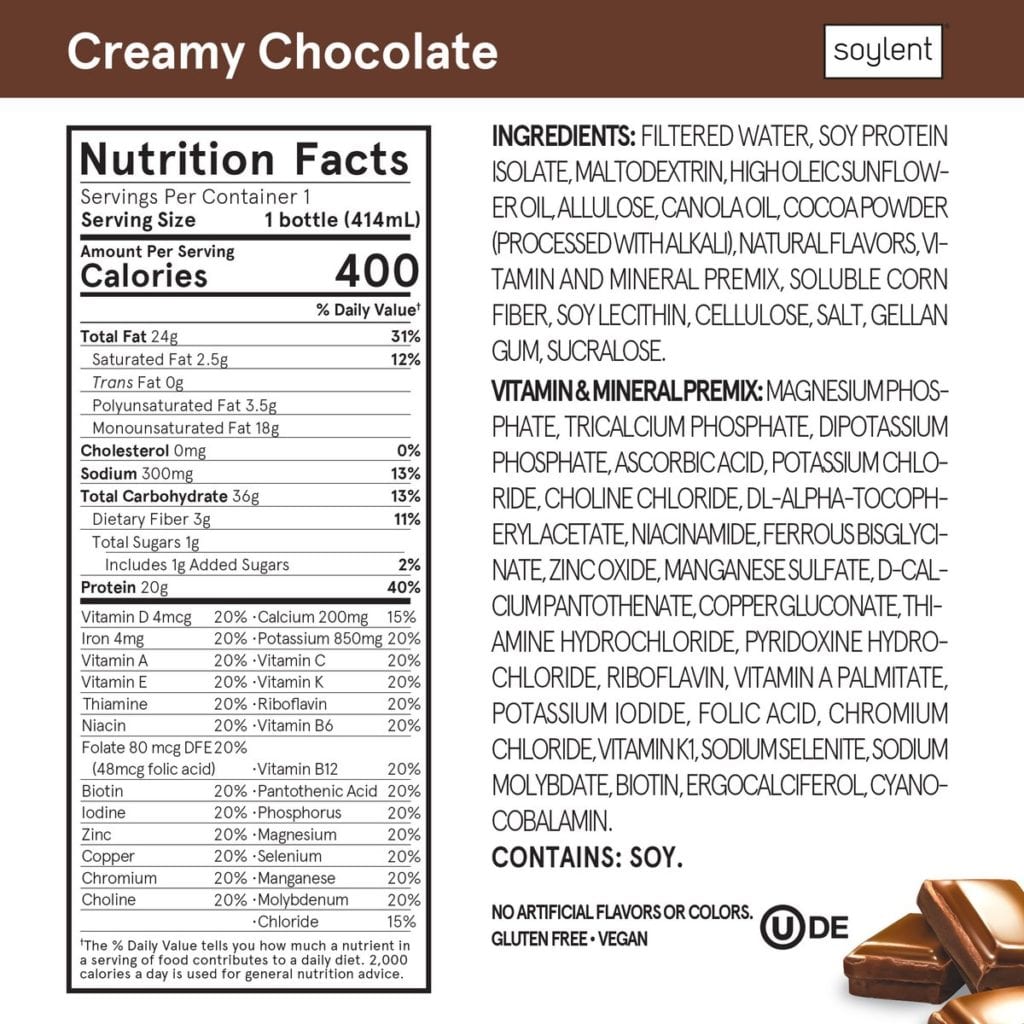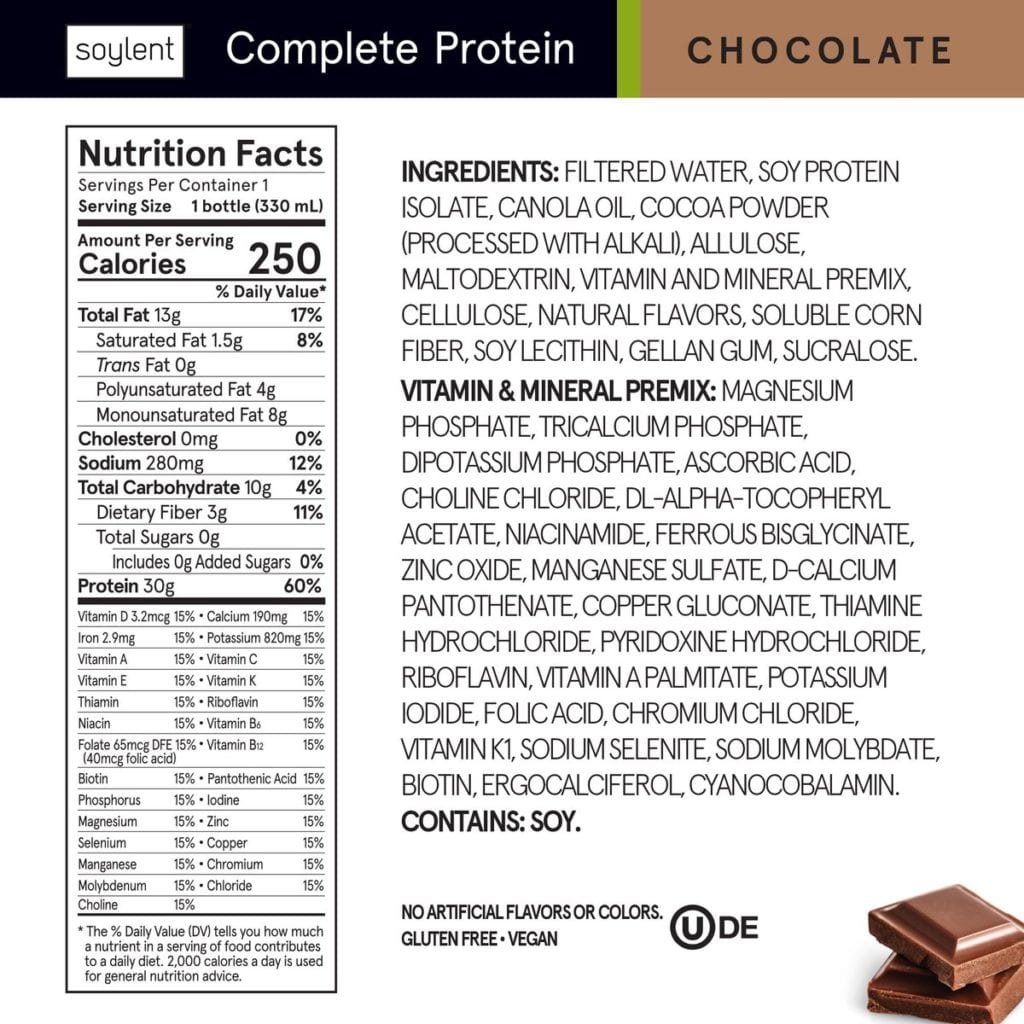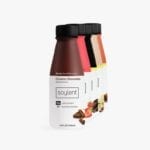Soylent Drink Review 2023 | Is the Old King Still The Best?
Welcome to our latest and most comprehensive Soylent review.
We are no strangers to Soylent meal replacement shakes, and we’ve done multiple Soylent reviews -throughout the various iterations of their shakes.
Soylent Drink (or their ready-to-drink meal replacement) has always been a favorite of ours due to its wide array of flavor.
On the opposite hand, as mentioned in the Soylent Powder reviews, their powder-based meals have shone for being one of the cheapest meal replacement shakes.
At least one time each year, we take a look at the product that started it all. The product that had become the “Kleenex” of its category. Soylent was once the referent in the meal replacement shakes and the one that started a whole new revolution.
Note: It was even featured in the popular TV show Silicon Valley. Good watch.
In our last Soylent Drink review, we saw that they changed their beloved formula. They reduced the added sugar to 1g (from 16g) and added extra nutrients. At first glance, a bet to make the RTD healthier.
This optimization, however, has not been welcomed by hardcore enthusiasts, citing that the new Soylent Complete Meal is too sweet, and causes stomach issues.
Either way, let’s not make this intro to this Soylent meal replacement shake review too long and let’s find out if any of the Soylent products are for you!
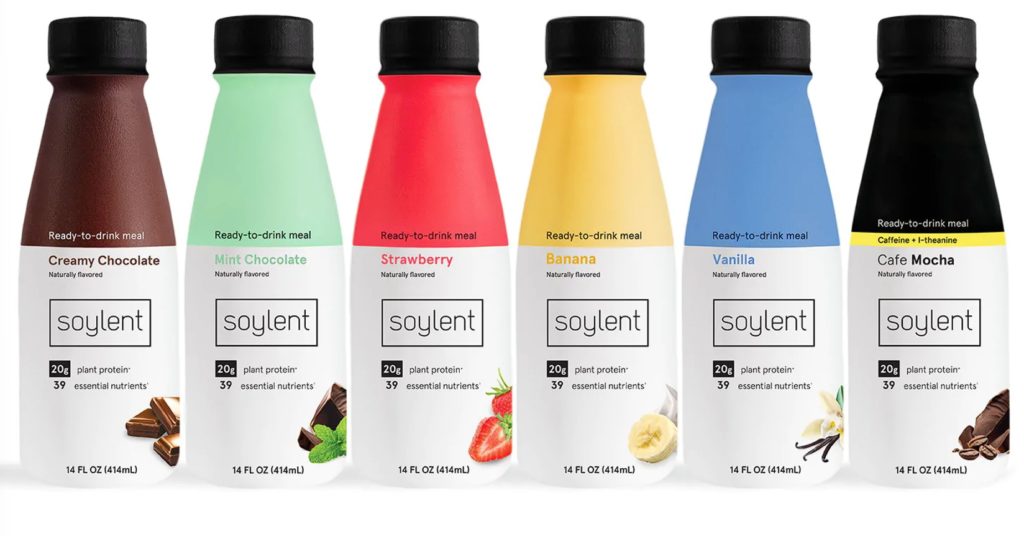
Soylent Review at a Glance
- From:

- Ships to: USA/CAN
- Price:$3.75/400kcal
- Subscription:13%
- Type:Powder/RTD
- Nutritional profile:Vegan, GF
- AllergensSoy
- Kcal/meal:400kcal
- User ReviewsPositive
Powder Flavors: Original, Chocolate.
RTD Flavours: Original, Creamy Chocolate, Mint Chocolate, Strawberry, Banana, and Vanilla.
RTD Flavours with Caffeine: Cafe Chai (35mg), and Cafe Mocha (150mg).
Opinion
As mentioned in the intro of this Soylent review, the company has shifted its focus mostly to its ready-to-drink meal replacement shakes. In this aspect, Soylent is still one of the best in the US, even though the competition has caught up considerably (like Huel RTD).
Regarding Soylent Powder, this is no longer the best vegan meal replacement shake you can buy, and it’s not even on the consideration to be. It is still affordable, but getting rid of the bucket has been a big mistake.
As far as the rest of the products go, Soylent still offers Complete Energy (with nootropics), and bars. However, these are hard to recommend due to the premium price they command.
That said, many user Soylent reviews are still positive. My experience with Soylent drinks was overall positive and I still think it fits people who are looking for:
- Convenient
- Vegan
- On the go meals
- Variety in flavors
- Don’t care about “natural ingredients”
What We Like
1. Commitment to RTD. Many new products are powder-based, leaving Soylent as one of few RTDs left standing.
2. Variety. With eight flavors, you’re sure to find a few you like and can alternate between.
3. Added omega-3 essential fatty acids. A welcome change making it more complete.
4. Modest price increases. Considering how much their costs have gone up, good to see prices not be raised too high.
5. Product diversity. Despite what has been discontinued, they still have powders, bars, a protein shake & an energy drink.
6. Very available in the US. Easy to find at many local stores.
7. Shipping is fast and free.
8. Top 2 RTD in the US.
What We Dislike
1. Incomplete sampler. I mentioned this over a year ago! For some reason, they omit the Original & Cafe Chai RTD, while providing two of all the rest! WHY??? Even if they only want to use the same 12pk box, they add two Cafe Chai and one Original. Boom! Problem solved! Sheesh!!
2. Lack of transparency. They still have a bad habit of killing products without warning and with no explanations. They pushed many customers to other brands with this practice.
3. Stagnation. No new flavors, or formations in a very long time. New products have been underwhelming and not as good as canceled ones.
4. Banana, Mint Chocolate and Vanilla could do with some improvements.

Nutritional Breakdown
Soylent is a company focused on providing nutritious meals, on a wide scale. This is why they’ve opted for the use of soy as its source of protein. Soy has its share of supporters and doubters, but its bioavailability makes it more sustainable than other protein sources, which is what the company really leans into.
Therefore, Soylent’s nutrient profile is all designed around being “complete”, based on the recommended daily intake (based on a 2000 kcal diet) in the United States.
One of the other characteristics is that Soylent supports genetically modified food, and thus, they may use them as prime ingredients.
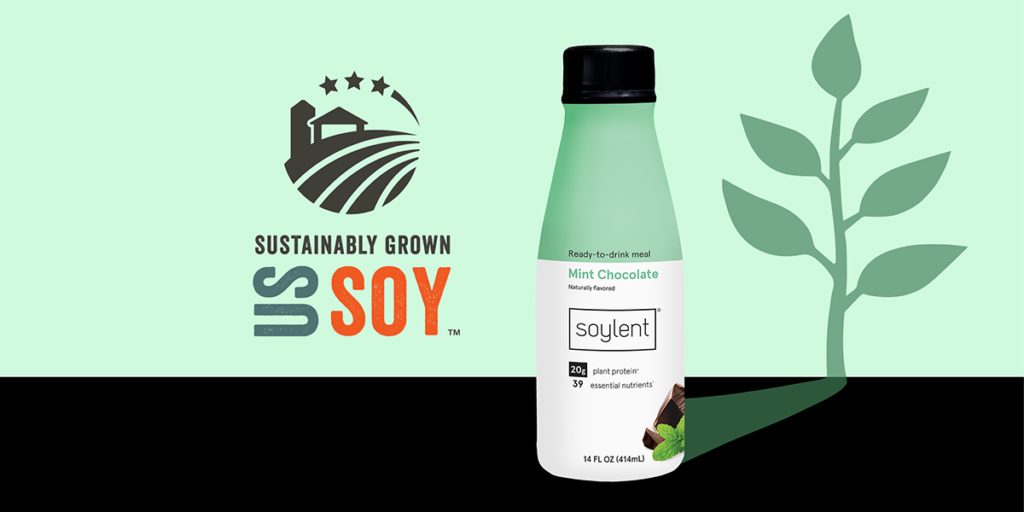
Soylent Complete Meal Nutrition Overview
| Soylent Complete Meal | |
| Kcal/meal | 400 |
| Macros (C/P/F) | 35/20/45 |
| Vegan | Yes |
| Keto | No |
| Features | GF, Dairy Free, Nut Free |
| Non-GMO | No |
| Organic | No |
| Includes Probiotics | No |
| Artificial Sweeteners | Yes |
| Synthetic Additives | No |
| Contains All Micronutrients | Yes |
| Controversial Ingredients | Soy |
Soylent Drink Optimized Ingredients
Based on Creamy Chocolate: Filtered water, soy protein isolate, maltodextrin, high oleic sunflower oil, allulose, canola oil, cocoa powder (processed with alkali), natural flavours, vitamin and mineral premix, soluble corn fiber, soy lecithin, cellulose, salt, gellan gum, sucralose.
Soylent Complete Protein Ingredients
Ingredients: Filtered water, soy protein isolate, canola oil, cocoa powder (processed with alkali) allulose, maltodextrin, vitamin and mineral premix, cellulose, natural flavours, soluble corn fiber, soy lecithin, gellan gum, sucralose.
Carbohydrates
Per serving:
- Total Carbs: 37g, 13% of DV.
- Sugars: 1g.
- Of which added: 1g.
- Fibre: 3g, 10% of DV.
FYI, Soylent would not be suitable for any keto diet. For that, there are specialized keto meal replacement shakes.
The main change in this aspect is the removal of isomaltulose for allulose. This has reduced the added sugars in Soylent Drink from 9g to just 1g. But what is allulose?
Allulose is a naturally occurring low-calorie sweetener that has a similar taste and texture to sugar. Most of it, 70-84%, is not absorbed and disposed of in urine. While there’s still research to be done, it’s deemed safe by the US Food and Drug Administration (FDA).
Note: This change has not been done in Soylent Powder. This still has 15g of sugar (isomaltulose) per serving. That said, Soylent Powder has a low GI.
Besides, it’s sad to see that the fiber content in Soylent Drink is still low.
Protein
Per 400kcal serving:
- Total Protein: 20g, 40% of DV.
- Source: Soy protein isolate.
Soy is the most complete plant-based source of protein. This means that it contains all of the essential amino acids that are necessary for healthy, growing, and functioning bodies.
Fats
Per 400kcal serving:
- Total Fats: 24g, 31% of DV.
- Saturated Fats: 2.5g, 13% of DV.
- Omega-3s (ALA): Yes.
The ratio of omega-6 to omega-3 fatty acids in Soylent is 4:1 and therefore delivers a balanced ratio of PUFAs to your diet. It’s also a great source of omega 3 if you are looking to up your daily intake.

Micronutrients
Soylent comes with 20% of all vitamins and minerals.
Sweeteners
Soylent also contains sucralose.
Sucralose is an artificial, non-nutritive sweetener used widely by the food industry. Sucralose is an artificial, non-nutritive sweetener used widely by the food industry. Although considered safe for human consumption, some studies have suggested that sucralose consumption can affect both glycemic and hormonal responses in otherwise healthy but obese individuals.
Allergens
Soy allergies are one of the more common food allergies. Soylent’s use of the legume makes the product vegan, but also makes it not an option for those with such allergies. If you suffer from soy sensitivities, be sure to avoid the consumption of Soylent.

Tasting Test
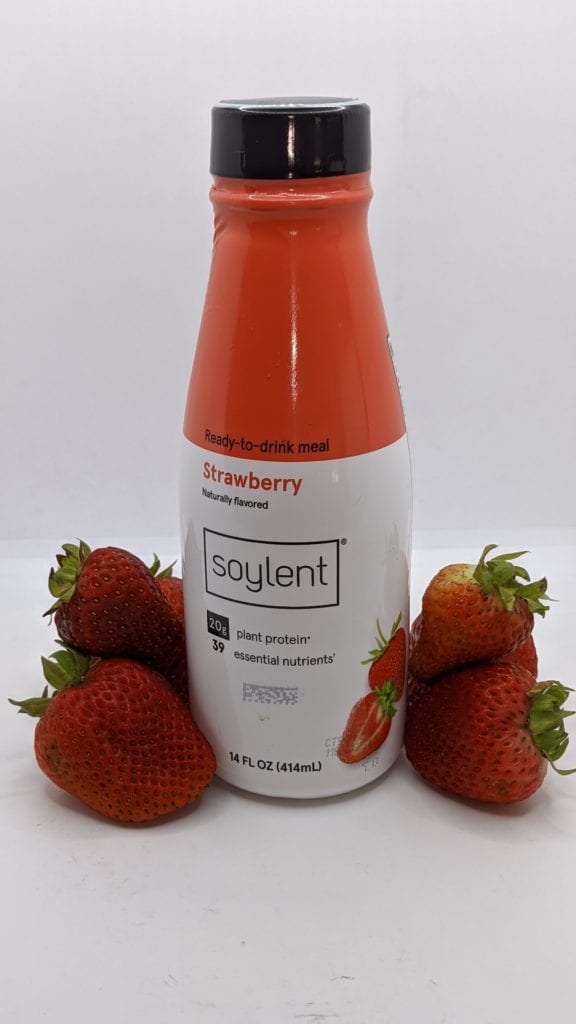
| Best flavour | Strawberry |
| Best to Worst | Strawberry, Cafe Chai, Cafe Mocha, Creamy Chocolate, Original, Mint Chocolate, Vanilla, Banana |
| Texture | Very smooth, but somewhat thinner than before |
| Satiety | A bit over 2hrs can be expected. Not bad. |
| Afterthoughts | No digestive issues, despite the complaints some customers have been sharing. |
The plan today is to try each flavor and to rank it compared to its counterparts, as well as to its previous incarnations.
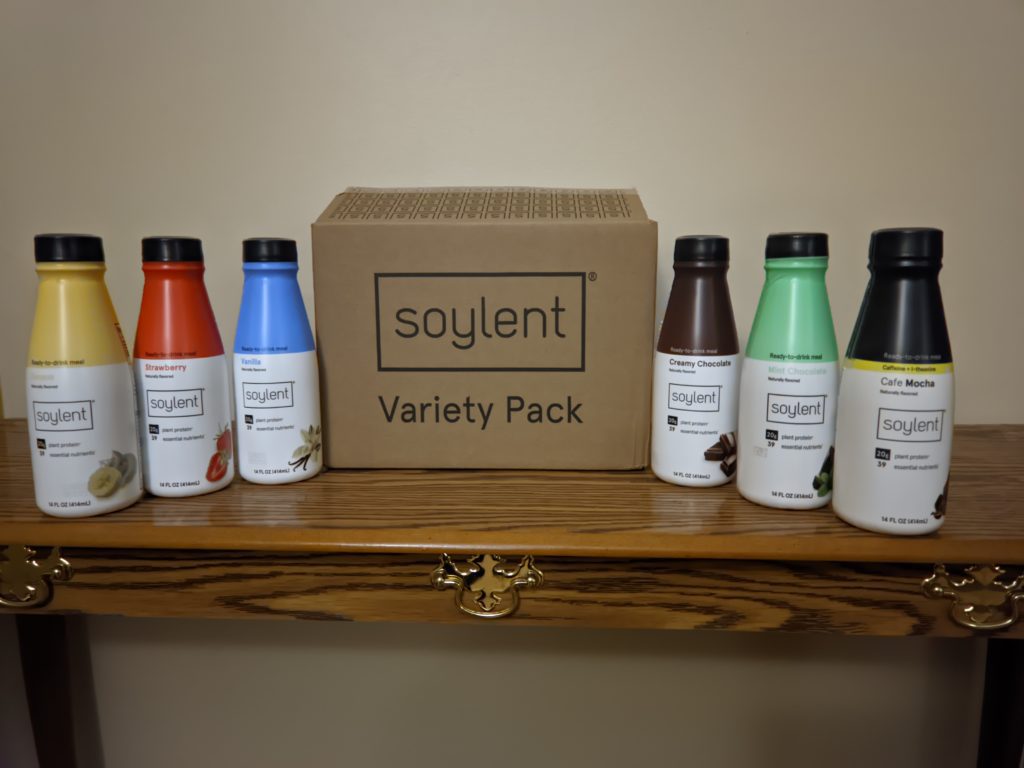
Soylent Complete Meal Review
| Flavor | Taste Rating | Thoughts |
| Original | 3 | Original has gone through changes but has been solid throughout. |
| Vanilla | 2 | Definitely is not the best vanilla. It’s drinkable, but I’d rather have original |
| Creamy Chocolate | 4 | An above-average chocolate. I think the old-school cacao mixed better, but this stands alone better. |
| Mint Chocolate | 2 | The weakest of the chocolates. Felt like they never hit the sweet spot with the amount of mint. Either too much, or too little. |
| Strawberry | 5 | The clear winner. Big improvement over what it used to be. |
| Banana | 1 | The worst by far. Tastes like melted banana candy. AWFUL. |
| Cafe Mocha | 3 | It’s decent, if you like the coffee flavor. A nice jolt with 150mg of caffeine. |
| Cafe Chai | 4 | Last but not least. Slightly sweet with a hint of cinnamon. A very strong second |
Original caught the most flack after being changed, so we’ll start there. Many claimed that the amount of allulose used made it far too sweet with reports of it tasting like honey or syrup.
First impression is that it’s not at all sweeter than v2 which I often have. Taste wise, it’s indistinguishable from the last version. It does seem a bit more watery than before, but other than that, it’s the same.
In general, I thought that most flavors stayed the same after the update, with some, like Soylent Strawberry noticeably improving.
Soylent Powder Taste Review
Still had some of these in the cabinet, so figured why not? I condensed my thoughts on the powder in the same way as the RTD.

| Flavor | Taste Rating | Thoughts |
| Original Powder | 3 | If you’re an OG like me, this is the one you started with. It remains largely unchanged taste-wise with that familiar batter-like taste. |
| Cacao Powder | 2 | I preferred the original over this even back in 2018. It’s not terrible, just not strong chocolate. Personally, I’d go for the RTD and leave this one in case of an emergency. |
Soylent Complete Protein Review
This product is completely new, and delivers an impressive 30g of protein per serving.
I enjoyed Creamy Chocolate, and hope this tastes similar. After the first sip, not even close. It’s really muted in terms of sweetness and chocolate flavor.
It’s almost like there is something in it that waters it down. It’s thicker than the Complete Meal drinks, so even though it’s lesser volume, it kept hunger away for about the same amount of time.
All in all, I wouldn’t recommend it.
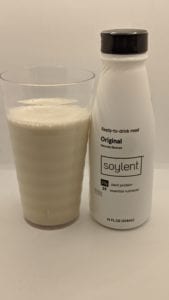
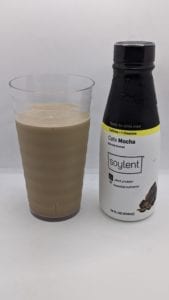
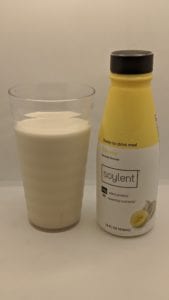
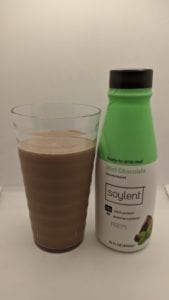

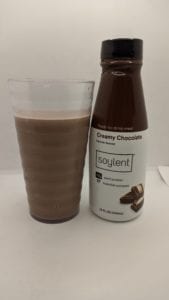
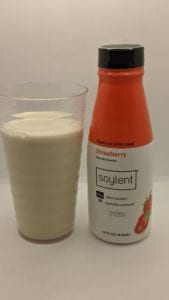


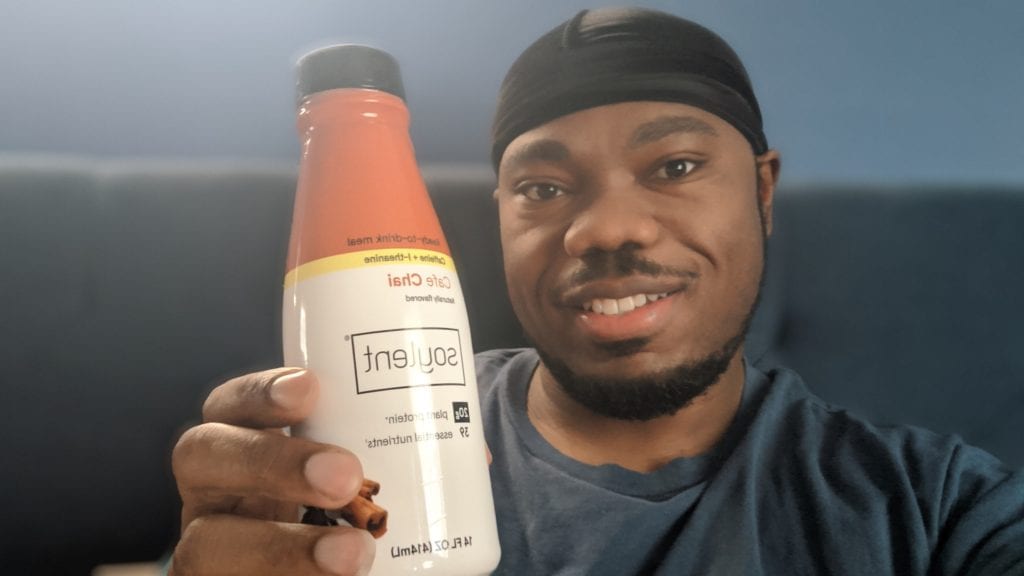
More about Soylent
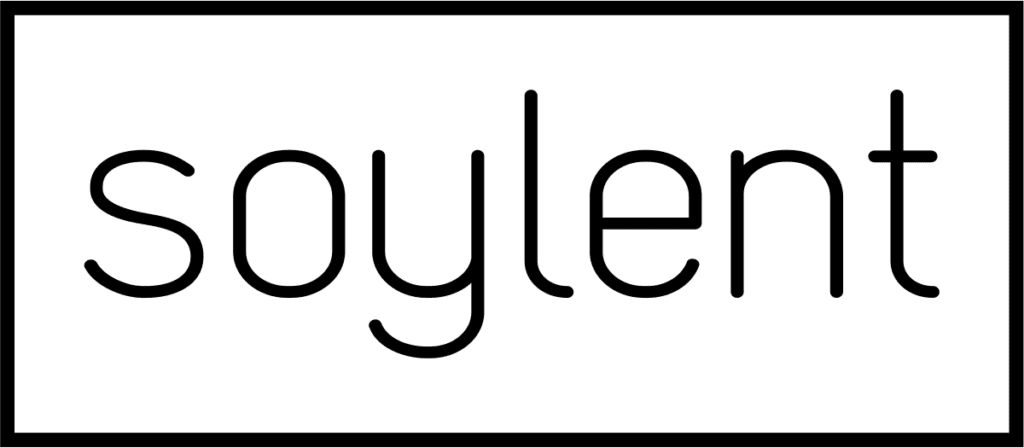
About Soylent
Soylent started as an engineering experiment by founder Rob Rhinehart, alongside co-founders Matt Cauble, John Coogan, and David Renteln in January 2013. They purchased 35 chemical ingredients, blended them together and consumed it exclusively for the next 30 days.
This not only improved his health, and saved time from meal preparation and consumption, it also reduced his monthly food expenses by 67%. This spawned a DIY community that remains active, and a very successful crowdfunding campaign, leading to a 2014 release.
What started as a simple pouch of powdered food has become so much more. Their portfolio of products now includes Soylent Powders, Drinks, and Bars.

Mr. Rhinehart has since stepped down as CEO, but maintains a sizable stake as Chairman of the Board. The new CEO is now Demir Vangelov.
Soylent Ready-to-Drink Products
Regarding their Drinks line up, Soylent offers 3 types of ready-to-drink products:

Soylent Optimized
- Meal replacement
- All nutrients your body needs, nothing else
- Also available in caffeinated version
- 8 flavours to choose from
- Starting at $3.5/400kcal serving
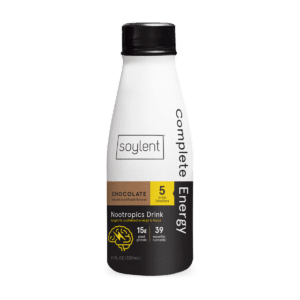
Soylent Complete Energy
- Meal replacement with nootropics
- Has added boosters for brain function/memory
- Contains caffeine
- 1 flavour only
- Starting at $2.75/ 180kcal serving
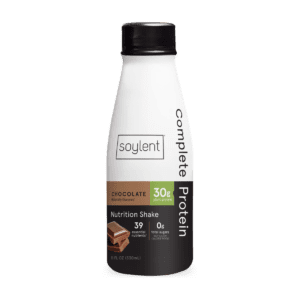
Soylent Complete Protein
- Protein shake
- Has added vitamins and minerals
- 30g of protein/250kcal
- Only one flavour available
- Starting at $2.75/250kcal serving
So as showcased above, you have multiple options. Thus, choosing the right one might be slightly challenging.
As a general rule, Soylent Optimized will be the right product for you. It’s the one with all the essential nutrients, and can replace any meal.
Is Soylent Complete Energy Worth It?
Soylent Complete Energy also has all essential nutrients. So, what’s the difference between Soylent Drink and Complete Energy? The latter is packed with L-theanine, caffeine, l-tyrosine and alpha GPD; which are active ingredients that boost concentration and mental performance. Thus, it’s better to consume in the morning or when you need a physical and mental energy booster.
However, this comes in 180kcal bottles that cost $2.75 per serving. Hence, it’s significantly more expensive than your average Soylent (or RTD). Personally, I rather have Soylent Drink and take my nootropics from other sources.
Soylent Complete Protein Review
Lastly, Soylent Complete Protein is your “typical” protein shake. Actually, it’s not, since it also contains vitamins and minerals. A unique product, only similar to Huel Complete Protein that aims to provide you a protein boost, rather to replace a meal.
Once again, it’s less affordable than Soylent, but it might be rightly priced for a vegan protein shake. Personally, I like to use powders because they are more affordable.
Shipping
Soylent can be widely purchased. Soylent is offered via their site, Amazon, Walmart, Target as well as many local grocers, drugstores, and health & nutrition stores.
Shipping through their site is free for all orders over $25.
Recently, they’ve relaunched in Canada, but not all products are available there. Here, you will get free shipping for orders above CAD70.
Pricing

All Soylent Drinks are only sold in cases of 12 bottles, with the exception of the six-bottle sampler.
| Product | Total Price (Non-sub/sub) | Serving Price (Non-sub/sub) | Prepaid Sub Price (3mo/6mo) | Prepaid Sub Price – Serving (3mo/6mo) |
| RTD – 12pk (Single Flavor) | $45/$39 | $3.75/$3.25 | $114.75/$216 | $3.19/$3 |
| RTD – 12pk (Variety Pack) | $48/$43 | $4/$3.58 | $122.40/$230.40 | $3.40/$3.20 |
| Powder – 35 Servings | $69.50/$58 | $1.99/$1.66 | $166.49/$316.50 | $1.59/$1.51 |
You cannot mix and match, but they do offer variety packs containing three similar flavors, such as the Neapolitan pack with Creamy Chocolate, Vanilla & Strawberry, as well as the Chocolate lover’s pack, with Creamy Chocolate, Mint Chocolate, and Café Mocha. You can get an 11% discount if you subscribe. Subscription delivery intervals are every 15, 30, 45 or 60 days.
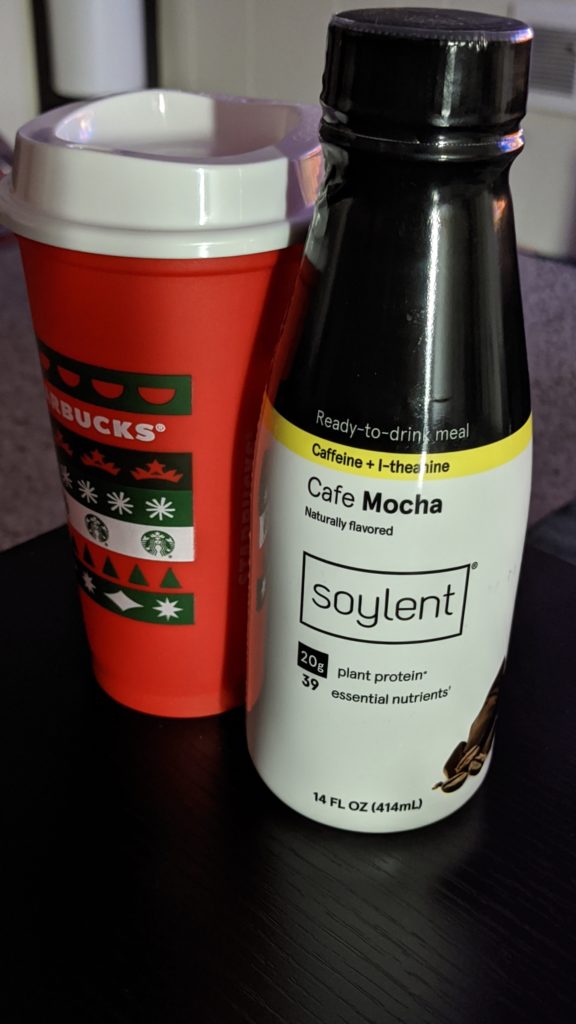
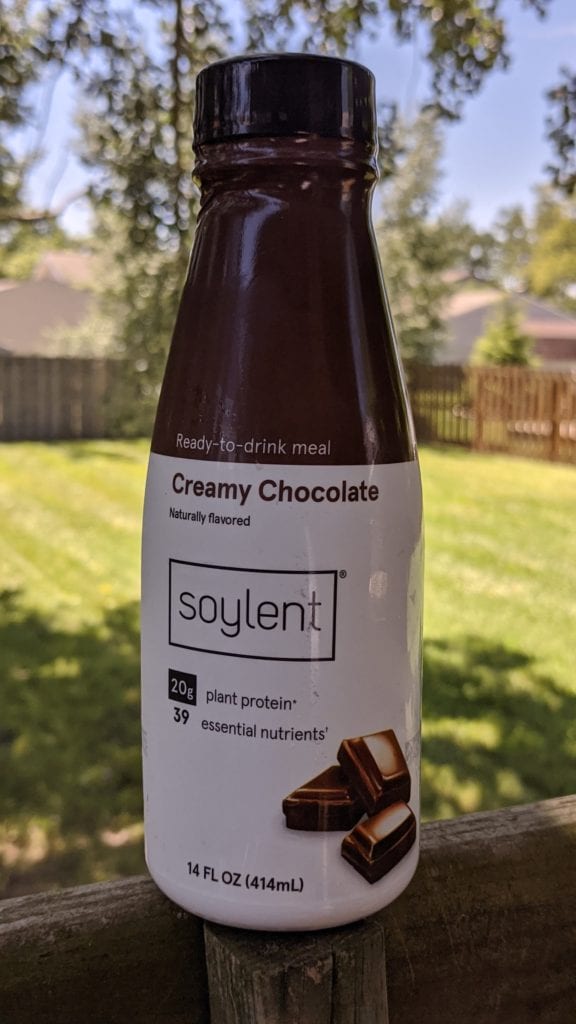

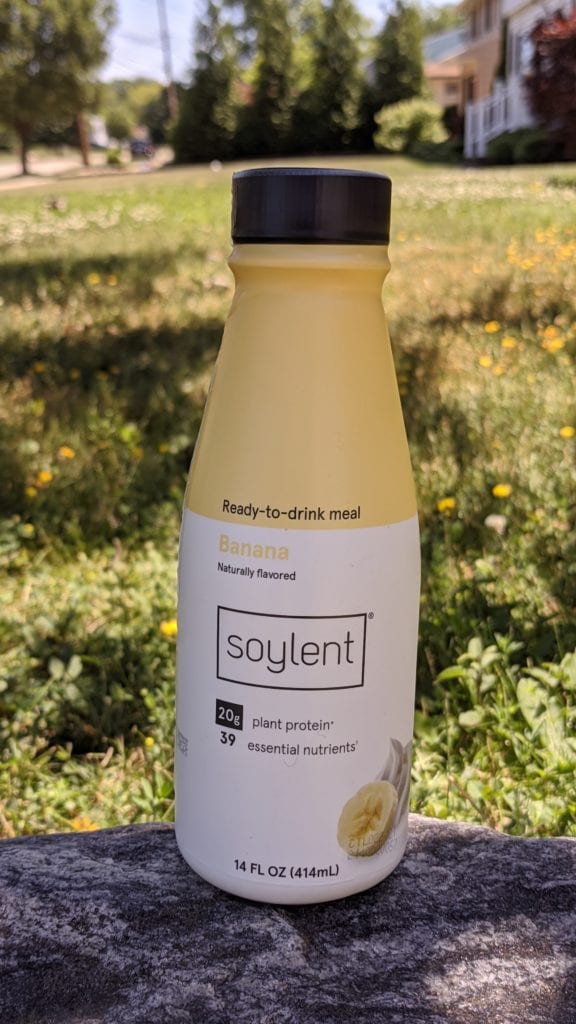
Soylent vs
As mentioned during this Soylent Drink review, it was the first ready-to-drink meal replacement, and it’s also the most popular RTD in the US. However, in recent years the competition in this area has increased with the release of more vegan shakes like Huel Ready To Drink, Plenny Drink, OWYN etc.
While they share similarities and all offer a complete meal, there are some key differences that make them attractive to different customers.
If you are looking for a 1:1 Soylent alternative with better customer service look at Mana Drink.
Overview
| Soylent | OWYN | Huel | Sated RTD | |
| price ($)/400kcal | 3.25 | 5.27 | 3.00 | 6.00 |
| kcal/serving | 400 | 400 | 400 | 400 |
| Macros (C/P/F) | 35/20/45 | 10/13/79 | 5/18/79 | 8/17/75 |
| Protein (g) | 20 | 13 | 18 | 18 |
| Sugar (g) | 1 | 1 | 0 | 0 |
| Fiber (g) | 3 | 5 | 6.7 | 6 |
| Fats (g) | 24 | 35 | 35 | 35 |
| Vegan | Y | Y | Y | N |
| Organic | N | N | N | N |
| Artificial Sweeteners | Y | N | Y | Y |
| Synthetic Additives | Y | Y | Y | Y |
| GMO | Y | N | N | N |
It is worth noting that Sated is a keto RTD, whereas none of the others are. OWYN is a meal replacement without any artificial sweeteners and instead uses coconut sugar. Lastly, Huel RTD might be the most popular Soylent alternative, with no soy but all plant-based ingredients.
Soylent Drink vs
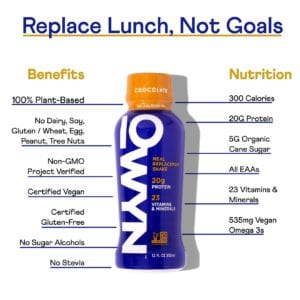
OWYN RTD
Only What You Need is a soy-free, gluten-free, plant-based meal replacement that does not use any artificial sweeteners (sucralose, ace-K…). As such, it’s a great Soylent alternative for those looking to get rid of ingredients that might not suit your diet. They have less flavours, but they are very competitive in price.

Huel RTD
Perhaps Soylent’s fiercest competitor, Huel’s Ready to Drink is also a soy free meal replacement shake. Instead, they use pea protein. However, as discussed in Soylent vs Huel article, not only is more expensive than Soylent Drink, but it’s also not as tasty.
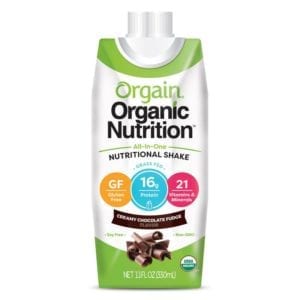
Orgain All in One
Finally, you have Orgain, a brand that offers organic meal replacements. Interestingly, they offer both whey-based and plant-based formulas, so you can choose between them. Unfortunately, they offer fewer flavours than Soylent, but this will be a great option for those looking for more nutritional shakes.
As mentioned earlier, these are not the only ready-to-drink meal replacements available in the US. You also have, Mana Drink, Plenny Shake, which is a very affordable shake; or Sated, the only keto RTD.
What the right option is for you will depend on your needs, but without a doubt Soylent Drink is one of the best.
If you are looking for a powder based alternative that’s affordable Basically Food shakes are a good option in the US.
Soylent Drink FAQ
Soy is environmentally friendly and has a protein digestibility score equal to whey, casein, and egg whites. Also soy has a protein digestibility score higher than that of hemp, peas, and rice.
To reduce waste, and to improve sustainability and reliability. Also to cut down to time needed to grow food.
To optimize the flavor while maintaining low sugar.
A naturally occurring low calorie sweetener. Offers a similar taste/texture as sugar, and is found in foods like raisins.
While not designed as a diet product, Soylent may help achieve a more balanced diet.
Soylent is a 400 calorie complete meal. Results may vary depending on how it’s incorporated, but it can be a very useful tool.
No, while Soylent Drink is low in carbohydrates when compared to the recommended guidelines; it contains too many to allow your body going into ketosis.
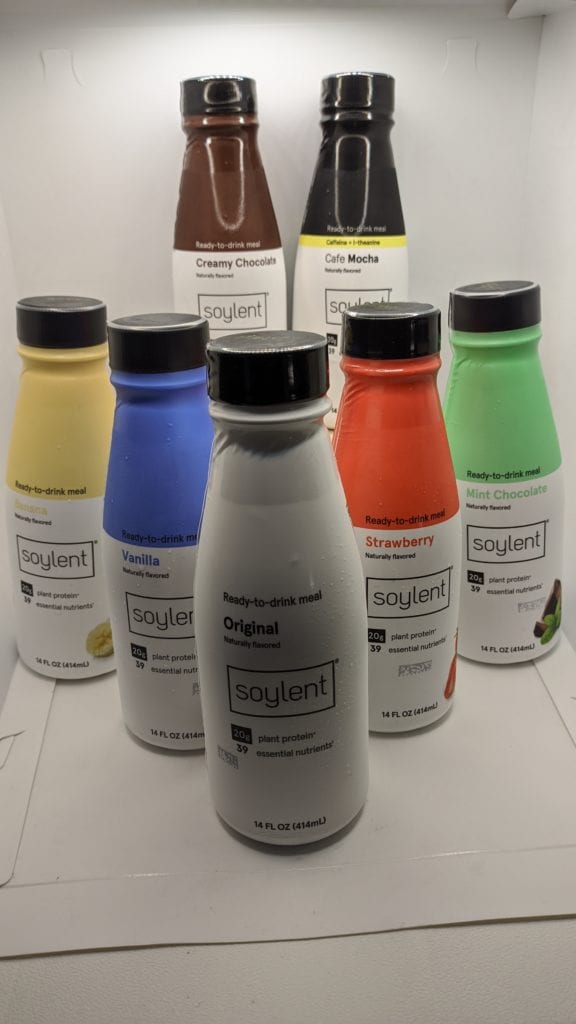
Verdict – Soylent Drink Review
Seven years after its debut, Soylent has had somewhat of a rollercoaster ride. During this Soylent Drink review, I tried to highlight some of them (fulfillment issues, lack of innovation, removing products…).
So all that said is Soylent worth buying?
Despite the many complaints, I must admit that I truly enjoyed Soylent Drink and Powder (less so).
Looking at the taste, Soylent Drink is still the king of RTDs in the US. I loved the Strawberry flavour (surprisingly), liked many other flavours, and hated a couple of them.
More importantly, I thought that Original remained unchanged, and I didn’t encounter the excess sweetness as documented by some.
On the downside, I thought Complete protein was forgettable, and while it can be a good protein shake to have after your workouts; for me, it’s too expensive to justify buying it.
Soylent Powder is still a good product, but there are better alternatives out there. Something like Ka’chava or Rootana, for instance.
As for the company and buying experience, it’s a mixed bag. The product stack has had so many iterations between formulas, flavors, products and packaging types, it can be frustrating to see something you love to be “here today, gone tomorrow”.
Similarly, it would be good to see them on the international scene again, although there are many good competitors in Europe, already.
Bottom Line: Soylent Drink is still a product I consume regularly. For meal replacement powders, I would look elsewhere.

